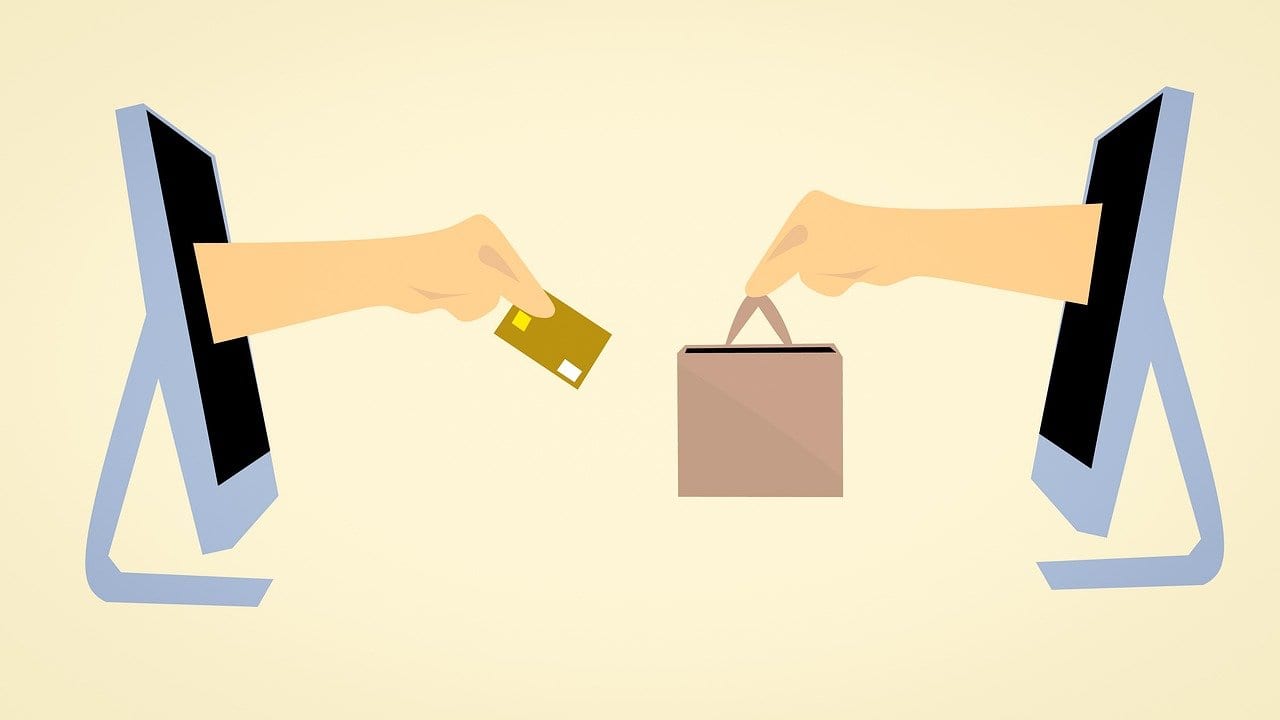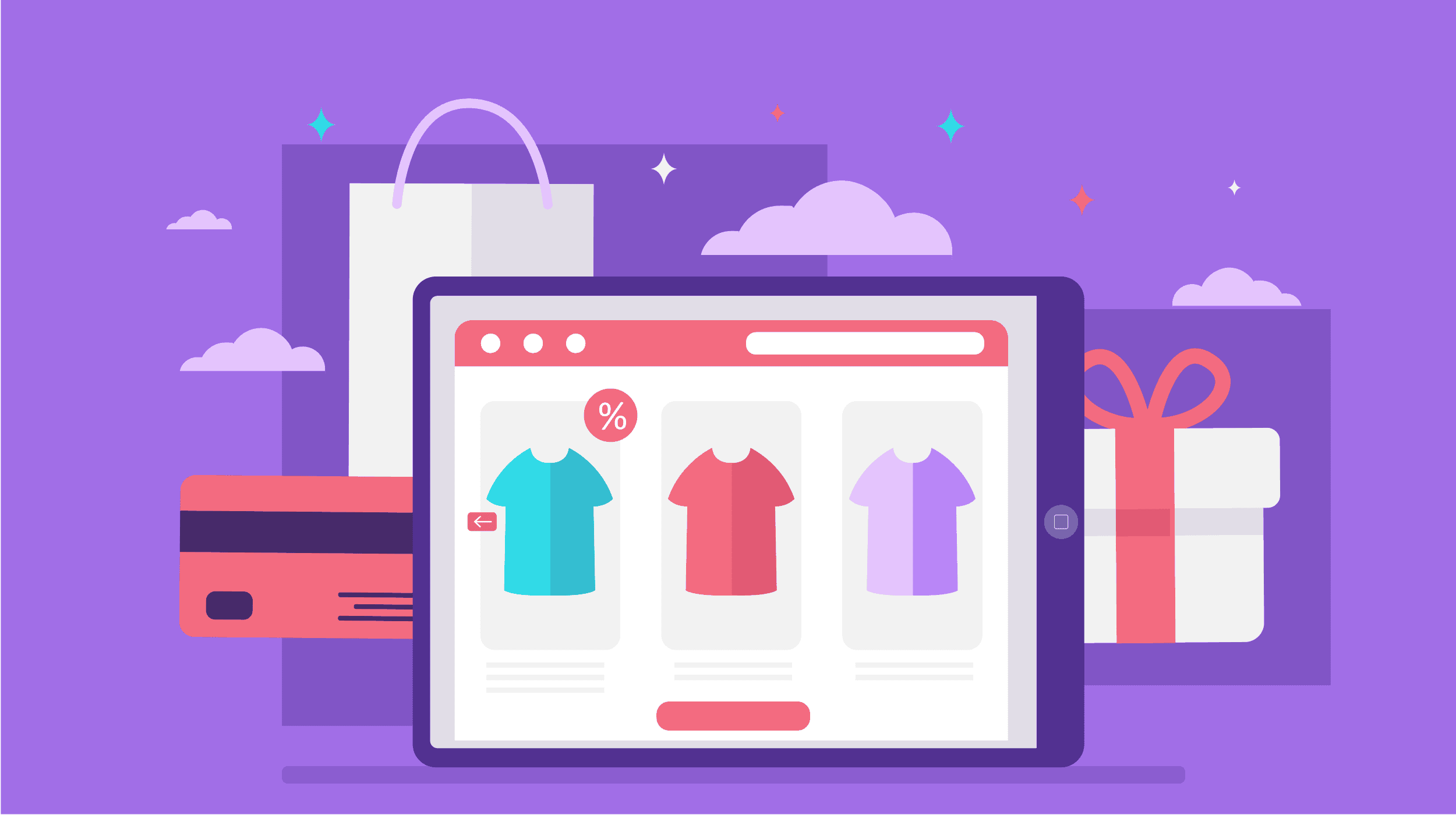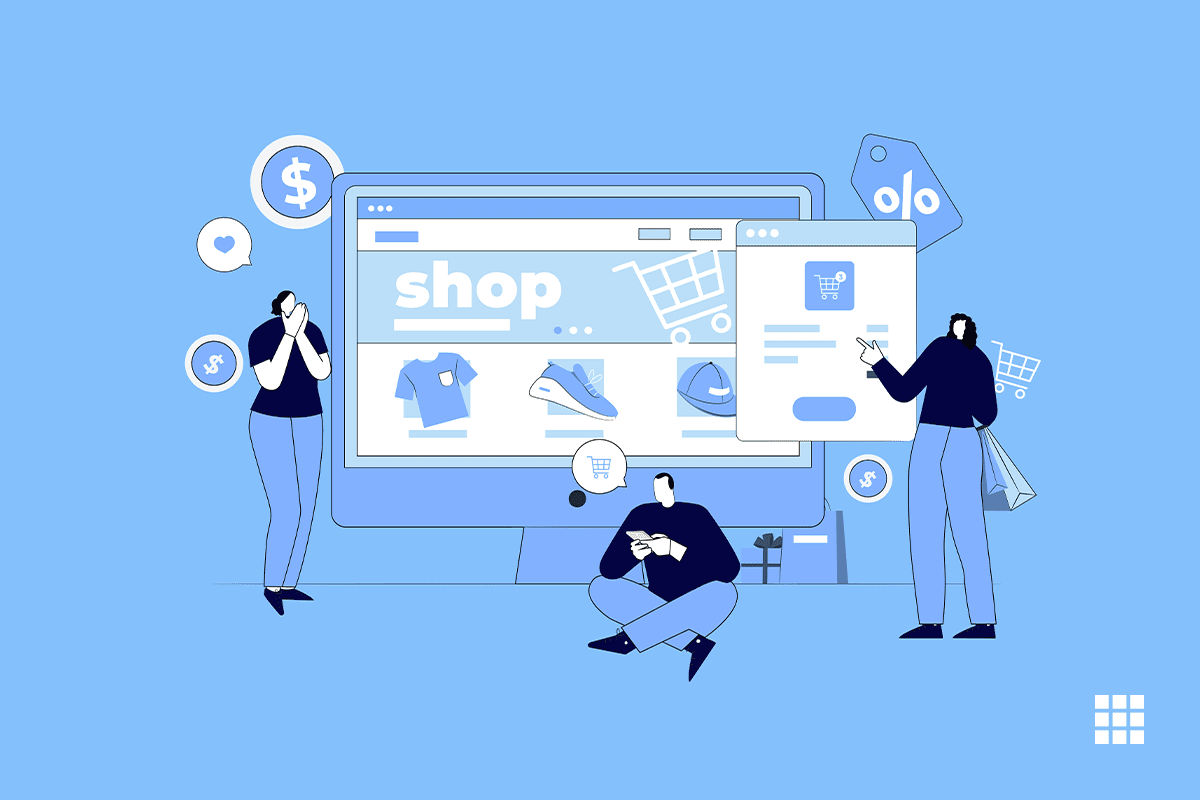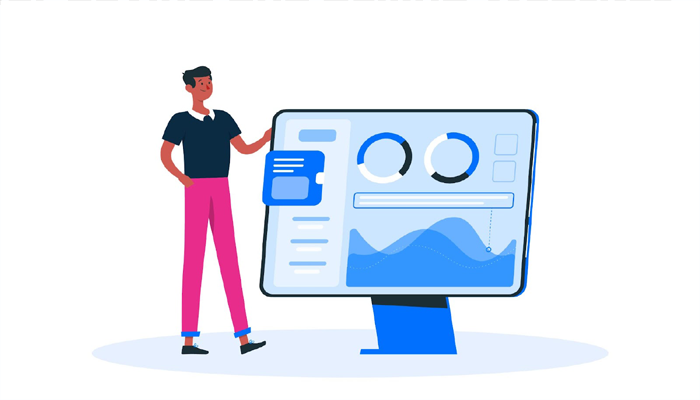Starting a blog is exciting. You've got ideas bubbling over, stories to share, and expertise you're ready to unleash on the world. But here's the question that keeps many aspiring bloggers up at night: how do you actually turn those words into real income?
The journey from publishing your first post to seeing money in your bank account doesn't have to be complicated. Whether you're documenting your travels, sharing recipes, offering business advice, or diving into any niche that sets your soul on fire, there's a monetization strategy waiting for you.
Let me walk you through everything you need to know about starting a blog and transforming it into a revenue-generating machine. This isn't theory—these are proven strategies that real bloggers use every single day to pay their bills, quit their day jobs, and build true financial freedom.
Why Blog Monetization Matters More Than Ever in 2025
Before we dive into the how, let's talk about the why. Blog monetization isn't just about making extra cash for weekend shopping sprees. It's about creating something sustainable, something that gives you control over your financial future.
Think about it. Traditional employment can end abruptly. Layoffs happen. Companies downsize. But a well-monetized blog? That's an asset you own completely. Nobody can fire you from your own blog. Nobody can tell you what content to create or when to work. You're building equity in something that belongs entirely to you.
The blogging landscape has evolved dramatically. What used to be simple online diaries have transformed into full-fledged businesses. Professional bloggers are earning six-figure incomes, traveling the world, and living life on their own terms. The opportunities have never been better, and the barriers to entry have never been lower.
Building Your Foundation: Setting Up for Success
Before you can monetize anything, you need a solid foundation. Your blog needs to be built on reliable infrastructure that can support growth. This means choosing the right platform, securing a memorable domain name, and ensuring your site loads quickly and looks professional.
Skip the free blogging platforms if you're serious about making money. WordPress.org paired with quality hosting gives you complete control and ownership. Your domain name should be clear, memorable, and ideally include keywords relevant to your niche. First impressions matter tremendously in the digital space.
Your blog's design speaks volumes about your professionalism. Clean navigation, readable fonts, and mobile responsiveness aren't just nice to have—they're essential. Over sixty percent of web traffic comes from mobile devices. If your site looks broken on a smartphone, you're sending potential income straight to your competitors.
Finding Your Profitable Niche
Here's a truth bomb: not all blog niches are created equal when it comes to making money. Some topics naturally lend themselves to monetization better than others. The sweet spot lies at the intersection of your passion, expertise, and market demand.
Start by asking yourself what problems you can solve. People pay money to solve problems and improve their lives. Finance blogs help readers save money and build wealth. Fitness blogs help people lose weight and get healthy. Tech blogs help consumers make smart purchasing decisions. What transformation can you offer your readers?
Research is crucial. Use tools to understand search volume and competition in your potential niche. Look at what other successful bloggers in that space are doing. Can you bring a unique angle or fresh perspective? Differentiation matters in a crowded digital landscape.
Don't fall into the trap of choosing a niche solely based on potential earnings. If you're not genuinely interested in the topic, creating consistent, quality content becomes a slog. You'll burn out before you see a single dollar. Pick something you can write about enthusiastically for years, not just months.
Creating Content That Converts
Content is your currency in the blogging world. Every article you publish is a potential income stream, but only if it's crafted strategically. Random blog posts won't cut it. You need content designed to attract visitors, engage them deeply, and guide them toward actions that generate revenue.
Start with understanding search intent. When someone types a query into Google, what are they really looking for? Are they seeking information, comparing products, or ready to buy? Your content should match that intent precisely. Informational posts build trust and authority. Comparison posts and reviews drive affiliate sales. Both have their place in a well-rounded content strategy.
Quality always trumps quantity. One deeply researched, comprehensive article that genuinely helps readers is worth more than ten shallow posts. Aim for content that answers questions thoroughly, anticipates follow-up questions, and provides actionable takeaways. This approach builds authority and keeps readers coming back.
Search engine optimization shouldn't be an afterthought. Every post should target relevant keywords naturally woven into compelling prose. Use descriptive headings, optimize your images with alt text, and include internal links to other valuable content on your site. But remember—you're writing for humans first, search engines second.
Display Advertising: Your Entry Point to Passive Income
Display advertising is often the first monetization method bloggers implement, and for good reason. Once set up, ads generate income based on impressions and clicks without requiring ongoing effort on your part. It's the closest thing to truly passive income that blogging offers.
Google AdSense is the most accessible starting point. The approval process is straightforward, and you can have ads running on your site within days. The platform automatically displays relevant advertisements to your visitors, and you earn money when people view or click those ads. No need to negotiate with individual advertisers or manage complex relationships.
However, AdSense shouldn't be your endgame. Premium ad networks like Mediavine and Raptive offer significantly higher revenue per thousand visitors, but they require substantial traffic before you can apply. Most need at least 50,000 monthly sessions. Focus on building traffic initially, then upgrade to premium networks as you hit those thresholds.
The placement and quantity of ads require careful consideration. Too many ads create a cluttered, frustrating user experience that drives visitors away. Too few means leaving money on the table. Test different configurations to find the balance that maximizes revenue without damaging engagement metrics or search rankings.
Affiliate Marketing: Recommend Products, Earn Commissions
Affiliate marketing represents one of the most lucrative monetization strategies available to bloggers. The concept is straightforward: you recommend products or services through unique affiliate links, and when someone makes a purchase through your link, you earn a commission. No inventory, no customer service headaches, no fulfillment hassles.
Success with affiliate marketing starts with promoting products you genuinely believe in. Your readers trust your recommendations. Betray that trust with low-quality products just to earn a quick commission, and you'll destroy the credibility that took months to build. Only recommend things you've personally used or thoroughly researched.
Amazon Associates is the most popular affiliate program for beginners, offering commissions on millions of products. Commission rates are relatively low, but the variety means you can find relevant products for almost any niche. As you grow, supplement Amazon with niche-specific affiliate programs that offer higher payouts for specialized products.
Strategic placement of affiliate links makes a tremendous difference in conversion rates. Product reviews, comparison articles, and tutorial posts naturally lend themselves to affiliate promotions. Readers consuming this content are further along in their buying journey, making them more likely to click through and purchase.
Transparency isn't optional—it's required by law. Always disclose affiliate relationships clearly. Most countries require disclosure, and platforms like Google penalize sites that hide commercial relationships. A simple statement at the beginning of posts containing affiliate links protects you legally and maintains reader trust.
Sponsored Content: Getting Brands to Pay You
Once your blog gains traction and builds a loyal audience, brands will start paying attention. Sponsored content involves companies paying you to create posts featuring their products or services. This can be incredibly lucrative, with rates ranging from hundreds to thousands of dollars per post depending on your traffic and influence.
Building relationships with relevant brands takes effort. Start by creating a media kit showcasing your traffic stats, audience demographics, and engagement metrics. Reach out directly to companies whose products align with your niche. Many brands are actively seeking authentic voices to reach engaged audiences that traditional advertising can't touch.
Platforms like Blog Meets Brand and Aspire connect bloggers with brands seeking partnerships. These networks simplify the process, handling negotiations and payments while giving you access to opportunities you might not find independently. They typically take a commission, but the convenience and volume of opportunities often make it worthwhile.
Maintain editorial integrity even with sponsored content. Your audience comes to your blog for honest opinions and valuable information. If every sponsored post reads like a commercial, readers will stop trusting your voice. Work with brands that genuinely fit your niche, and maintain the same quality standards as your organic content.
Creating and Selling Digital Products
Digital products offer the highest profit margins in blogging. You create them once and sell them infinitely without additional production costs. Whether it's an ebook, online course, printable templates, or exclusive guides, digital products let you monetize your expertise directly.
Identify what problems your audience needs solved, then create products that provide solutions. Survey your readers, pay attention to frequently asked questions, and notice what topics generate the most engagement. Your audience is telling you what they'll pay for—you just need to listen.
Online courses have exploded in popularity. If you have specialized knowledge in your niche, packaging it into a structured course can generate substantial income. Platforms like Teachable and Thinkific make course creation accessible even for non-technical creators. The initial time investment is significant, but successful courses can earn passive income for years.
Pricing digital products requires strategic thinking. Price too low and you devalue your expertise while leaving money on the table. Price too high and you limit your market. Research what similar products sell for, consider the transformation you're providing, and test different price points to find the sweet spot for your audience.
Building Email Lists: Your Most Valuable Asset
Here's something many new bloggers overlook: your email list is more valuable than your social media following. You own your email list. Social platforms can change algorithms, limit reach, or disappear entirely. Your email list? That's yours forever, giving you direct access to your most engaged readers.
Start building your list from day one. Offer a compelling lead magnet—a free resource so valuable that people willingly exchange their email address for it. This could be a checklist, template, mini-course, exclusive report, or anything else that provides immediate value. Make the opt-in process visible and simple.
Email marketing converts at significantly higher rates than other channels. Your subscribers have already raised their hands indicating interest in your content. They're a warm audience, making them far more likely to purchase products you recommend or buy offerings you create yourself.
Nurture your list with consistent, valuable content. Weekly emails keeping subscribers engaged, sharing exclusive insights, and promoting relevant products maintain the relationship. Automated email sequences can welcome new subscribers, deliver your lead magnet, and introduce them to your best content without ongoing manual effort.
Membership Sites and Exclusive Communities
Recurring revenue is the holy grail of online business. Membership sites provide exactly that—subscribers paying monthly or annually for access to exclusive content, community forums, or premium features. This model creates predictable income and rewards your most dedicated fans.
Successful membership sites deliver ongoing value that justifies the subscription cost. This might include detailed tutorials, downloadable resources, live Q&A sessions, personalized advice, or access to a private community of like-minded individuals. The key is making members feel they're getting far more value than what they're paying.
Platforms like Patreon make launching a membership straightforward. You can offer multiple tiers at different price points, giving supporters options that match their budgets. Even a small membership base can generate meaningful income—one hundred members paying twenty dollars monthly is twenty-four thousand dollars annually.
Community engagement makes or breaks membership sites. Your paying members want interaction and connection. Regular fresh content, active moderation of community spaces, and genuine engagement with member questions and contributions create sticky memberships that renew month after month.
Leveraging Multiple Income Streams
Smart bloggers don't rely on a single monetization method. Diversification protects your income and maximizes earning potential. What happens if Google changes its algorithm and your ad revenue drops? What if your top affiliate program cuts commissions? Multiple income streams provide insurance against these risks.
Start with one or two methods and expand as you grow. Trying to implement everything simultaneously leads to overwhelm and mediocre execution across the board. Master display ads and affiliate marketing first, then layer in sponsored content, digital products, and other strategies as your traffic and experience increase.
Track performance meticulously. Which monetization methods generate the most revenue relative to the effort required? Some bloggers earn more from a handful of affiliate promotions than thousands of ad impressions. Use data to guide where you invest your energy, doubling down on what works and eliminating what doesn't.
The Traffic Question: How Much Do You Need?
This question haunts every blogger: how much traffic do I need before making money? The answer frustrates people because it's genuinely "it depends." Different monetization strategies have different traffic requirements, and earnings vary wildly based on niche and strategy.
Display advertising typically requires substantial traffic to generate meaningful income. Earning from AdSense might net you a few dollars per thousand page views. Premium ad networks improve that significantly, but you still need tens of thousands of monthly visitors to replace a full-time income through ads alone.
Affiliate marketing and digital products can generate significant revenue with modest traffic if you're strategic. Five thousand highly targeted monthly visitors interested in buying what you recommend can easily outperform fifty thousand casual browsers. Focus on attracting the right people, not just more people.
Email marketing allows you to maximize the value of every visitor. Someone visiting your blog once might never return. Someone on your email list can be contacted repeatedly, increasing lifetime value dramatically. Build your list aggressively from the start, turning one-time visitors into long-term relationships.
SEO: The Foundation of Sustainable Traffic
Search engine optimization isn't optional for bloggers serious about making money. Organic search traffic is free, sustainable, and compounds over time. A well-optimized post can drive visitors for years after publication. Social media posts disappear in hours. SEO is playing the long game, and it pays dividends.
Keyword research guides your content creation. Understanding what people are searching for in your niche, how often they search for it, and how difficult it is to rank for those terms allows you to create content with built-in audiences. Tools like Ubersuggest and Google Keyword Planner provide this intelligence.
On-page optimization ensures search engines understand what your content is about. Use keywords naturally in titles, headings, and throughout your text. Create compelling meta descriptions that encourage clicks from search results. Structure content with proper heading hierarchy. Add descriptive alt text to images. These technical elements matter.
Building backlinks—getting other websites to link to your content—remains one of the most powerful ranking factors. Create genuinely valuable content that others want to reference. Reach out to other bloggers in your niche for guest posting opportunities. Participate in relevant online communities. Quality links signal authority to search engines.
Consistency: The Secret Ingredient
Here's an uncomfortable truth: most bloggers quit before seeing significant results. They publish a handful of posts, see little traffic, make no money, and conclude blogging doesn't work. In reality, they just didn't give it enough time or consistent effort.
Successful blogging requires patience and persistence. Traffic builds gradually. Authority develops over months and years, not weeks. Your first few posts probably won't rank well or attract many visitors. That's normal. You're building a foundation, establishing credibility with both readers and search engines.
Create a realistic publishing schedule you can maintain long-term. Two quality posts weekly beats seven rushed posts for a month before burning out. Consistency signals to search engines that your site is active and worthy of regular crawling. It keeps readers coming back, knowing they can expect fresh content.
Treat your blog like a business, not a hobby. Set goals, track metrics, analyze what's working, and adjust your strategy accordingly. Professional bloggers invest in their education, their tools, and their content creation. They view their blog as an investment that will pay returns over time.
Common Monetization Mistakes to Avoid
Learning from others' mistakes saves you time, money, and frustration. Many monetization missteps are entirely preventable if you know what to watch for. Let's talk about the big ones that trip up bloggers repeatedly.
Plastering your site with ads before you have traffic is counterproductive. Excessive advertising on a low-traffic site generates pennies while creating a terrible user experience that prevents traffic growth. Focus on building audience first, optimize ads later. Think long-term growth, not immediate nickels.
Choosing monetization methods misaligned with your niche sets you up for disappointment. A personal development blog probably won't succeed with display ads. The audience isn't clicking ads—they're seeking transformation. Digital courses and coaching services make far more sense. Let your niche guide your monetization strategy.
Neglecting mobile users is blog suicide in 2025. More than half of all internet traffic comes from phones and tablets. If your site loads slowly or looks broken on mobile devices, you're sending visitors straight to competitors. Mobile optimization isn't optional—it's fundamental.
Ignoring legal requirements can lead to serious consequences. Disclosing affiliate relationships, respecting copyright, following privacy regulations like GDPR, and adhering to platform policies protects your business. Don't let ignorance of the rules derail the blog you worked so hard to build.
Scaling Your Blog Income
Once you've established baseline monetization, the next challenge is scaling. How do you go from making a few hundred dollars monthly to a full-time income or beyond? Growth requires strategic thinking and willingness to invest profits back into your business.
Outsourcing and delegation free your time for high-value activities. Writing every post yourself works initially, but becomes a bottleneck. Hiring freelance writers, virtual assistants, and specialists for tasks like graphic design or technical SEO allows you to focus on strategy and revenue-generating activities.
Diversifying into new traffic sources reduces platform dependence. Relying solely on Google leaves you vulnerable to algorithm changes. Building a presence on Pinterest, YouTube, social media platforms, and through email marketing creates resilience. Multiple traffic sources mean no single platform controls your livelihood.
Launching complementary revenue streams lets you extract more value from existing traffic. If you're successfully selling an ebook, could you create an online course diving deeper? If affiliate marketing works well, might coaching services appeal to your most engaged readers? Look for natural extensions that serve your audience better.
Your Action Plan: Starting Today
Enough theory. Let's talk about concrete steps you can take right now to start your monetization journey. Knowledge without action changes nothing. Implementation is where the magic happens.
If you don't have a blog yet, set one up this week. Choose your niche, secure hosting, pick a domain name, and get WordPress installed. Don't spend months agonizing over the perfect name or design. Good enough to start is better than perfect in your imagination. You can refine everything later.
Create a content calendar for your first month of posts. Plan topics that serve your audience while incorporating keywords you want to rank for. Commit to a publishing schedule you can maintain. Consistency matters more than volume, so be realistic about what you can sustain long-term.
Set up Google Analytics and Search Console immediately. You can't improve what you don't measure. These free tools provide invaluable data about who visits your site, where they come from, what content resonates, and how you're performing in search results. Install them before you need them so you have baseline data.
Join relevant blogging communities and start networking. Follow successful bloggers in your niche, engage genuinely with their content, and learn from their journeys. Facebook groups, Reddit communities, and forums connect you with others walking the same path. You'll find support, answers, and opportunities through these relationships.
The Long Game Perspective
Building a profitable blog isn't a get-rich-quick scheme. Anyone promising overnight success is either lying or selling something. Real blogging success comes from consistent effort over extended periods. But here's the beautiful part: the compound effect is real and powerful.
Every quality post you publish is an asset that can generate traffic and income for years. Every subscriber you add to your email list increases your earning potential. Every skill you develop—writing, SEO, design, marketing—makes you more valuable and capable. Progress may feel slow, but it accumulates into something substantial.
The bloggers earning full-time incomes today didn't start that way. They began exactly where you are now—with zero traffic, zero subscribers, and zero income. What separated them from those who quit was persistence through the difficult early stages. They kept publishing, kept learning, kept improving until momentum took over.
You're building more than just a blog. You're building a valuable skill set, a personal brand, and a digital asset. These things compound in value over time. The blog you start today could be supporting your family, funding your travels, or simply providing freedom and flexibility you never thought possible. But only if you start, stay consistent, and refuse to quit when things get difficult.
Your profitable blog is waiting. Now go build it.



















